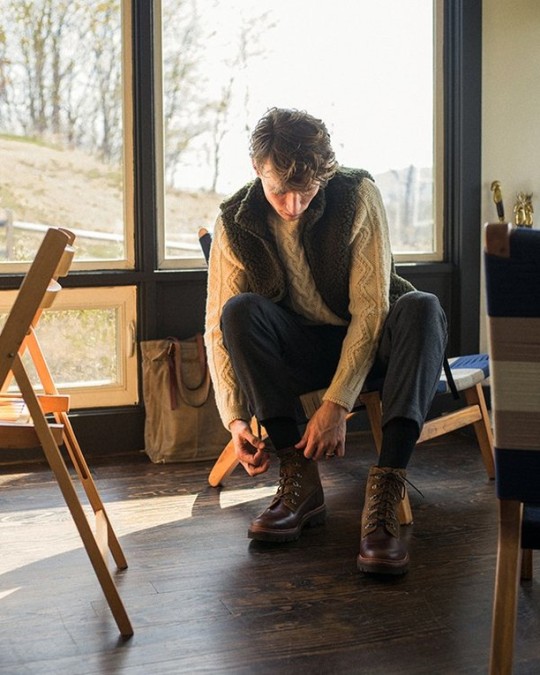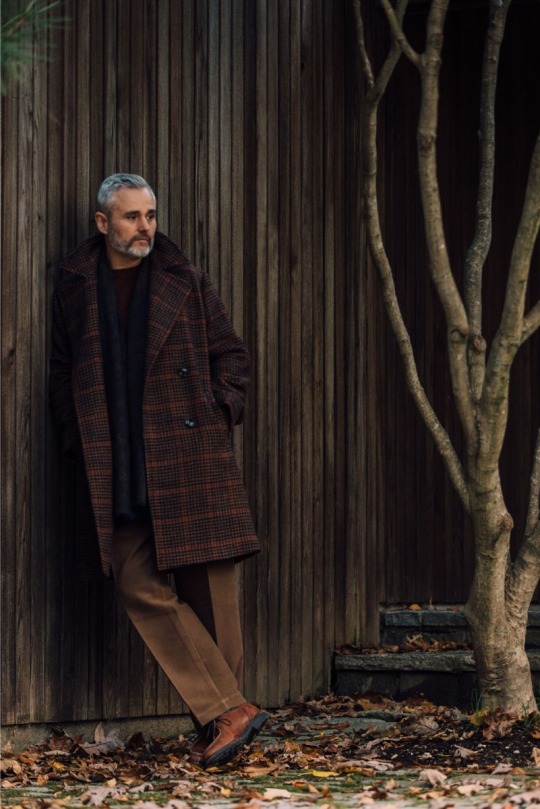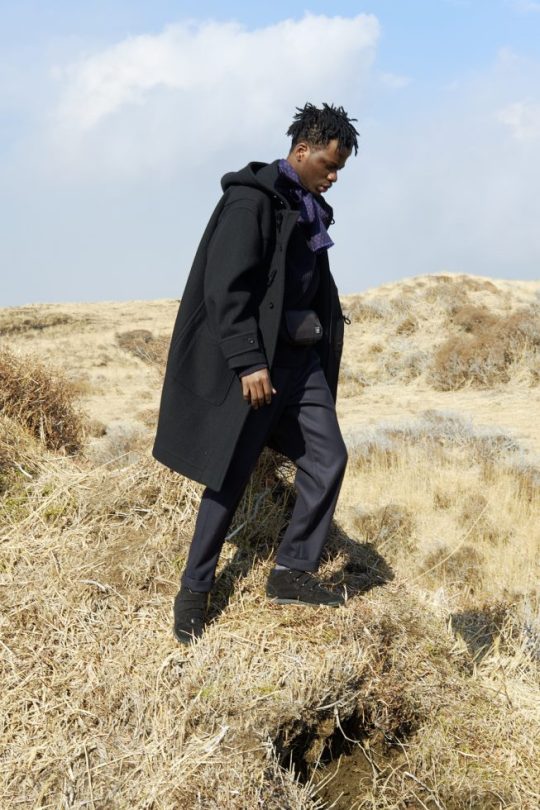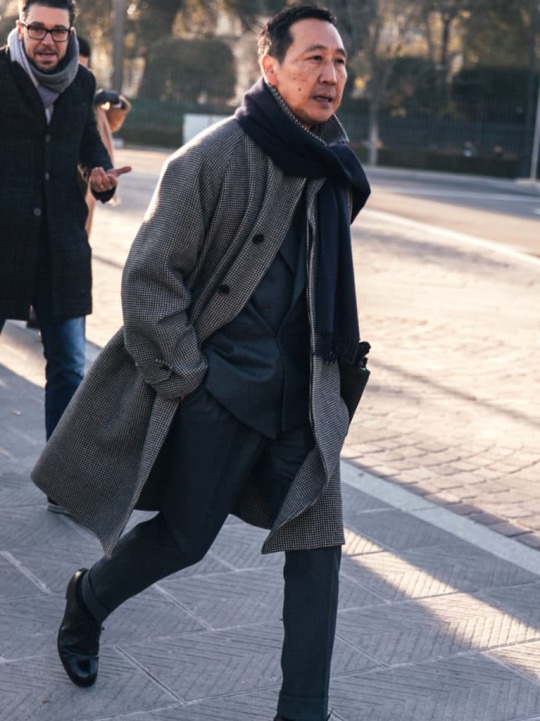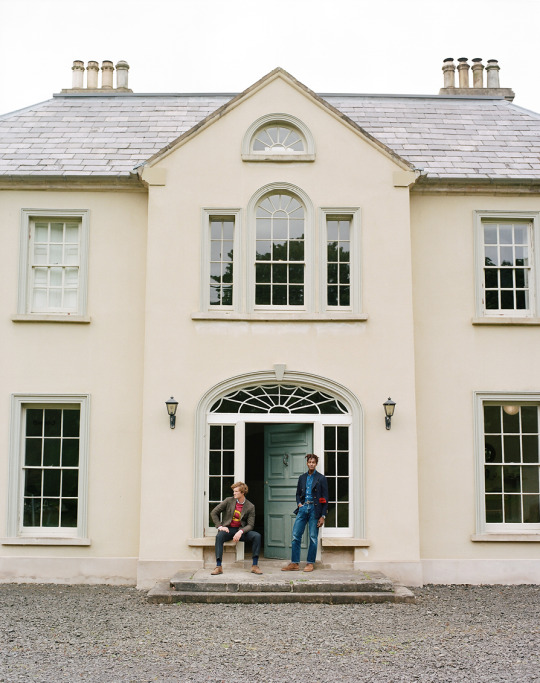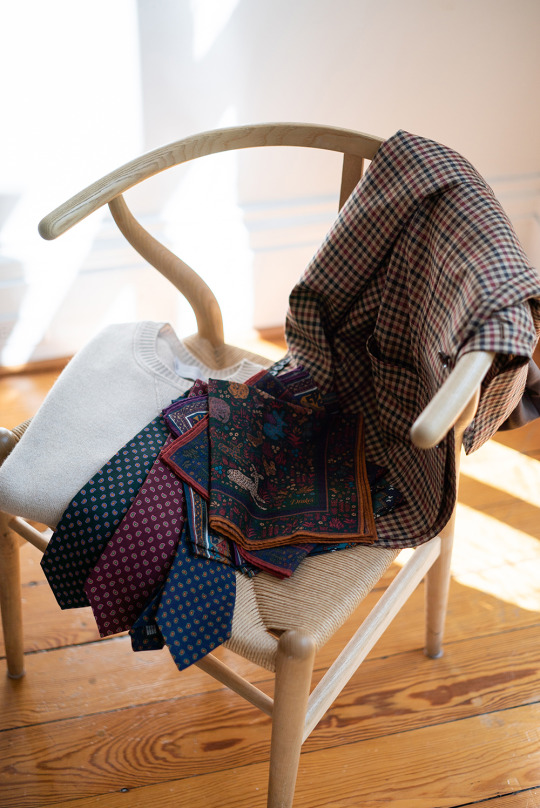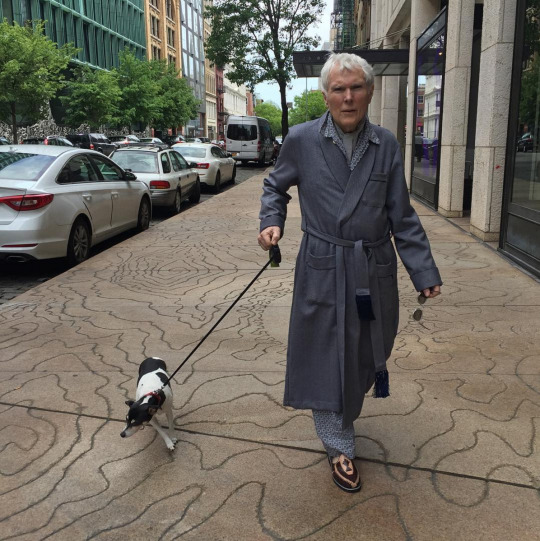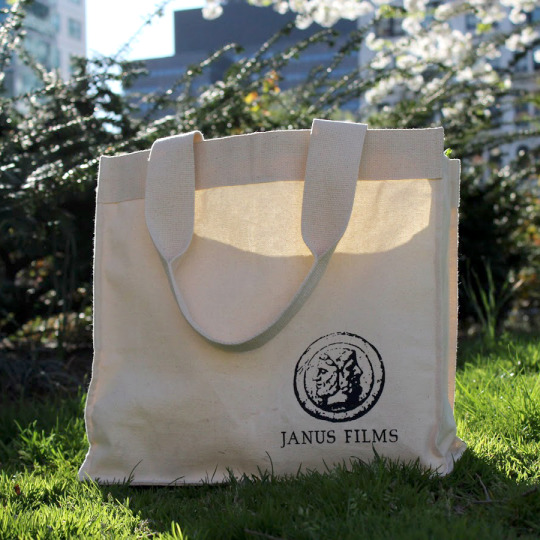The Return of Fun Socks
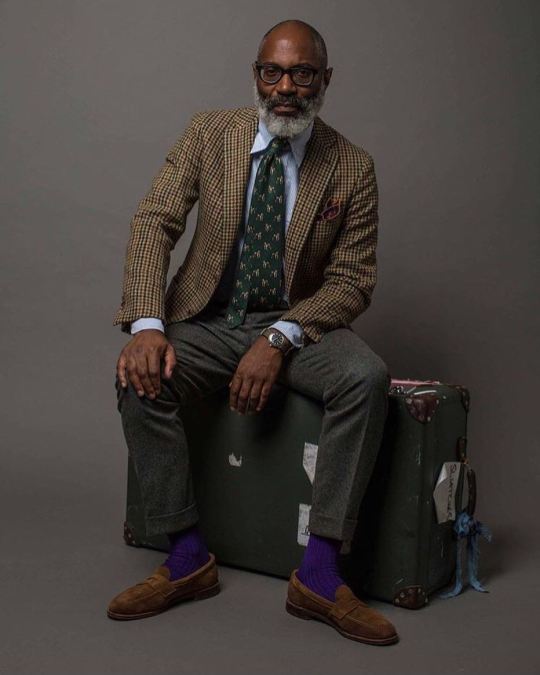
There’s a small shop in Rome called Gammarelli that’s tucked away behind the Pantheon. At first glance, it may not seem different from the many family-owned clothiers scattered throughout Italy. The small, rectangular space is fitted with glass counters and glossy wooden shelves. On the main floor, there are bolts of cloth stacked neatly on top of each other for customers to peruse. Towards the back of the shop, an old, wooden staircase spirals up to the workroom, where tailors labor away on benched tables peppered with pincushions and pieces of chalk. The shop’s head tailor can sometimes be seen here running up and down between the floors for fittings, while a tall, bearded man in a tweed sport coat on the main floor scribbles down orders on a notepad. But between the worsted wools and crisp cotton wovens, you’ll also see deep purple robes, ceremonial swords, and feather-trimmed hats. On the signage outside the shop, below the name Gammarelli, the words read: Sartoria Per Ecclesiastici, or “clerical outfitters.”
If there’s such a thing as timelessness in dress, you can find it here at Ditta Annibale Gammarelli, purveyors of ecclesiastical clothing since 1798. For over 200 years, whenever a new pope is elected, the shop’s tailors and managers rush out the Vatican to meet the supreme pontiff in a chamber called the Room of Tears. They present to him a custom, white papal cassock, cut to a floor-brushing size, and made with some thirty handsewn buttonholes. The Pope slips into his Gammarelli garb and dons the traditional papal accessories: an ermine-trimmed red velvet shoulder cape known as a mozzetta; a white skullcap known as a zucchetto; and a pair of red leather papal shoes. He then steps out on the balcony of St. Peter’s to greet the faithful.
Over the years, after this initial ceremony, each Pope has accessorized his dress slightly differently. John Paul II ditched the red slippers in favor of cordovan colored walking shoes made in his native Poland. When Benedict XVI restored the use of swanky bright red slippers for outdoor attire, Esquire voted him “Accessorizer of the Year.” That prompted the Vatican’s official daily paper to issue the stern reply: “The Holy Father is not dressed by Prada, but by Christ.”
Keep reading
